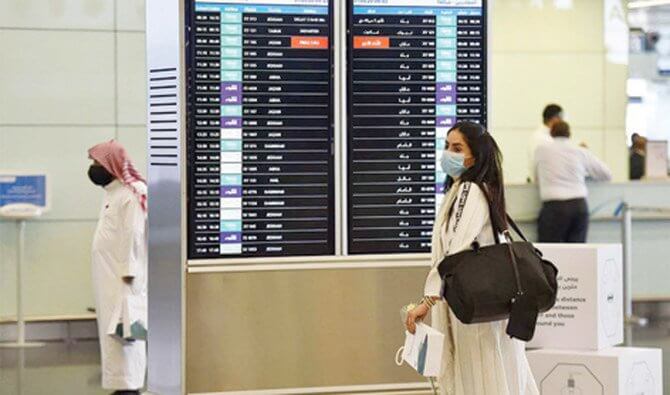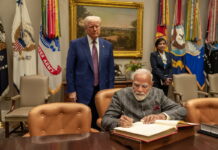American universities earned almost $44 billion last year from International students and $7.6 billion was from India alone. Indian students are second largest after Chinese. International students in Canada have tripled to almost 600,000. In 2018 International students in Canada contributed an estimated $21.6 billion to Canada’s gross domestic product (GDP). The immense contributions International students make to the Canadian economy have resulted in the Canadian government developing policies to attract even more international students.
For Australia, international education is a key plank of its soft power. Students from across the Asia-Pacific region come to Australia; live and work in the Australian community and imbibe its values. Many of these students return home and rise through the ranks to become entrepreneurs, industrialists, government officials, diplomats, even prime ministers, creating a wellspring of support for Australia and the values it represents. However, the Indian student crisis of 2009–10 presents a cautionary lesson. A spate of violent attacks on Indian students, mostly in Melbourne, damaged not just the commercial viability of the education sector, but also tarnished Australia’s international reputation as welcoming to multicultural visitors.
If these international students don’t come to campuses by fall 2021, due to shutdown embassies, vaccinations issues and flying restrictions, American colleges, and by extension the country’s economy will be in trouble.
Initially, when campuses had shut down as classes went online and students were asked to leave their dorms, many international students wereliterally stranded in the United States. As countries like India closed their airspace, students watched their tickets canceled as well as, their opportunity to leave. On the other hand, there are instances where students had to stopover in at least four cities in order to travel to US or Canada. Gauri, a student travelling to Toronto, Canada; spent more than 50 hours in various cities flying via Male. Another, Vikram had to change planes and transit in multiple cities en-route. Most students spent $3000 extra before arriving at their US or Canadian destinations.
A systematic and robust test, trace and isolate program is key to reopening the economy, inspiring confidence overseas that U.S. is tackling the pandemic with all its might and expertise, and bringing international students to college campuses this fall.
“International students should not be treated as revenue-generating cash cows. If we want them to survive and return, we must do better and show them that we care about them as valued members of our communities. In the short term, we will be fulfilling our responsibilities as educators. In the long term, we’ll be ensuring that America retains its ability to attract the world’s best talent and its position as a global leader,” said, Kavita Daiya a leading Professor at George Washington University.
Before making any travel plans, students must confirm that neither destination nor transit countries have put in place restrictions that could affect their itinerary. In addition, students must check with their airline to ensure you have the right status to make a layover in other countries. Even though consulates in India of US, Canada, UK, and Australia, have made special efforts to facilitate International students with their visas, much more needs to be done for the agonies they face.







